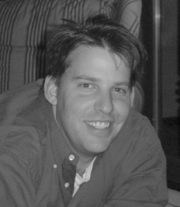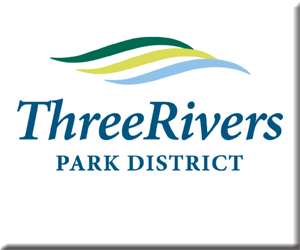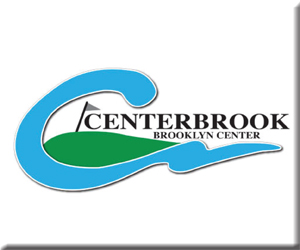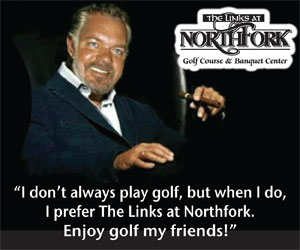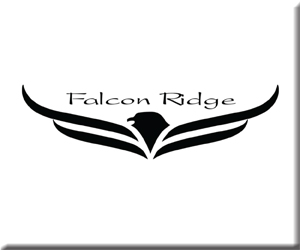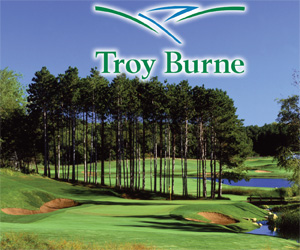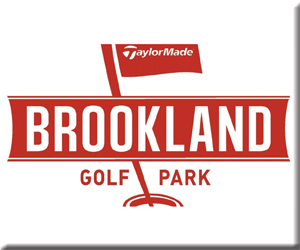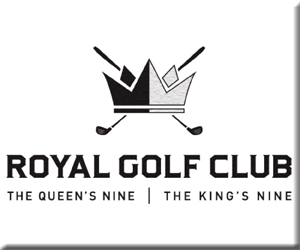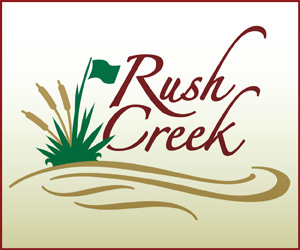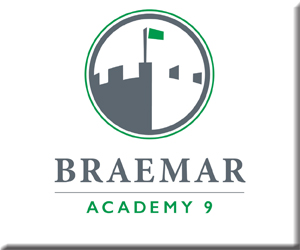Design Thaw
Rare is the Minnesota golfer who hasn’t ever knelt beneath a low-cut white pine on a muggy July afternoon, his perspiring back embattled by mosquitoes and pine needles, a punch-ready 4-iron in his hands, with the following, rage-driven question in his head: Who is the masochist that designed this damn hole?
Sometimes, the answer to that misdirected inquiry is: Mr. David Newinski did. But Newinski, a nine-year golf course design veteran with the Herfort-Norby firm in Chaska, is no sadist. Surely, anyone who has spent five minutes with this most amiable guy will gather that punishing golfers is the furthest concept from either his draft board, or his computer.
“We try to design for everybody. To make sure all golfers have an enjoyable experience,” Newinski says of the Herfort-Norby firm which began with the designs of now-retired Don Herfort back in 1963, and is currently run by Newinski’s peer, Kevin Norby.
Newinski – in what may be golf’s strangest non sequitur since Johnny Miller took his acerbic attitude to the announcing booth – came to golf design from the accounting field, where he had worked for eight years before realizing that the course was his calling. And while the usage and knowledge of numbers has no doubt aided his design career, it’s evident that his philosophy of Player Friendly and Fair Play Design is also a favorite club in his bag of tenets and talents.
“I’m trying to learn as much as I can from classical designing,” Newinski explains. “It’s generally a strategic way of playing. Creating options for the player. We incorporate risk-reward so that golfers look at a hole and aren’t just blasting away. To make a player have to think and execute their shot. For instance, our fairways are generally a little wider. We make sure hazards are in the right place. And by pinching in the areas further off a tee, the better golfers have to think about it, but we don’t necessarily penalize those who don’t hit it as far.”
Newinski, who along with Norby has had a recent hand in designing such celebrated area courses as The Refuge Golf Club (Oak Grove, MN), Greystone Golf Club (Sauk Center, MN; designed in collaboration with local PGA luminary Tom Lehman), and the soon-to-be opened Rathbun Golf Links at Honey Creek State Park (Rathbun Lake, IA), continues by explaining the general process employed by the firm when approached to design a course.
“We don’t just go out to a site and say, ‘This hole will go here.’ So we start by getting a topographic map done,” Newinski details. “Aerial photos are taken with a stereoscope which displays a double-image, and we can then tell changes in elevation from that by generating a contour map.”
Next, employing the technology of the popular design program AutoCAD (which looks like a combination of colorful spaghetti and Sudoko to the layperson), a pseudo-Socratic Method of schematic design begins in which Newinski asks a myriad of questions about the site, while beginning to design the holes.
“The main thing then becomes: ‘How do we get 18-holes in there?’,” he continues. “‘Is there the right mix of Par 3’s, 4’s, 5’s? Is it Par 72? Is it going to be a short course? Do we have enough length? Is it safe?’ Safety is a main factor of design. We ask, ‘Are people going to be dodging balls? Is it too tight in areas?’ Generally, people slice more than they draw, and there are more right-handed golfers, so we have to consider adjoining green-to-tee box areas.”
In the course of this routing process, Newinski will generally come up with three different design options, although he notes that for the aforementioned Rathbun Lake course he and Norby constructed six different concepts while collaborating with their Iowan clients. An ensuing design development phase then follows where Newinski will focus on landing areas, bunker counts, and green locations. Following that step, is the oft-complex stage of addressing construction documents.
“This is where we do a grading plan,” Newinski explains. “So all the water goes where it’s supposed to . . . and this can often times be the hardest part of the process – working with watershed districts. We can’t impact over three acres of wetland, or else we’d have to do an environmental study. That adds at least an additional year to what is already a two-year timeline.
“Then, once we have our elevations and a radial grid, we stake the center of a hole. We’ll dimension off bunkers, fairways, cart paths. And then we take all that to the field.”
Some Boiler Plate issues follow, and Norby and Newinski will then take their work to the site, where they consult the contractor in a construction administration capacity. Considering all the variables involved, the gig is as much about having sound perspective, as it is about attention to detail. “As much as people probably curse the architect, we’re trying to make sure that everybody has a good time,” Newinski concludes with his easy smile.
In truth, this guy is truly just too nice to be a target for blame. Besides, when a player refuses to admit culpability and personal responsibility for a poor shot, the options for reproach go far beyond the man who designed the hole. There’s the wind, a divot, placement of the sun, somebody made a weird noise on another hole, slow play, a fly on your ball, ill-timed advice from a playing partner, a funky hot dog at the turn…
